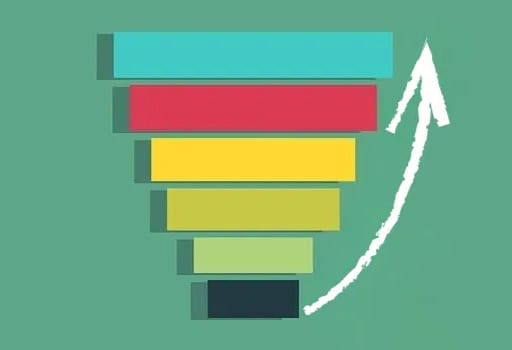
Content marketing for IT companies should start where revenue starts: bottom‑of‑funnel. Publish the assets that help buyers say “yes” in the next call—then work backward. That means pricing clarity, specific proof, real comparisons, and short answers to common objections. Wire those into conversion‑ready pages and a simple distribution plan. Only after bottom‑of‑funnel is live do you scale top‑of‑funnel. This order of operations mirrors how we move clients from Triage to the Growth Engine.
Gen‑X owner‑operators don’t binge ebooks. They search, skim a few revenue pages, check reviews, and decide whether to talk. If your site can’t answer “how you’re different,” “what it costs,” “what happens next,” and “who else you’ve helped,” traffic won’t turn into meetings. Bottom‑of‑funnel assets fix that conversion gap fast—and make every channel more efficient.
This inventory is exactly what our Diagnose checklists look for—and what we ship first in Stabilize.
Pick one search scope for the next 90 days. Local scope means unique service + city pages with localized proof and a Google Business Profile that points to the best‑match page. National scope means category, comparison, and pricing explainer pages with genuine depth. Either way, your bottom‑of‑funnel assets live on those revenue pages, not buried in old blogs. Then interlink to supporting articles and your proof library. For patterns, see these pillars: Local or National SEO, Website Design & Optimization, Content Marketing & Thought Leadership, Zero Click Influence, and Reporting & Analytics.
On every money page, hit three beats before the first scroll:
Mobile is the referee. If a cold buyer can’t see the CTA and a concrete reason to trust you in one glance, fix the layout before adding more content. This is the same standard we use in Stabilize when we measure speed, stability, and conversion readiness.
You don’t need fifteen channels. You need three done well:
This mix is designed to win “zero‑click” moments (AI answers, snippets, Map results) while still sending qualified evaluators to the right page. Zero Click Influence explains the playbook.
Treat your Google Business Profile like a bottom‑of‑funnel distribution channel. Keep photos and owner Q&A current, reply to reviews with specifics, and—most important—point “Website” and “Appointment” to the best‑match page with UTMs. On‑site, add small proof blocks (logo + one result) near every primary CTA and on your About, Industries, and Contact pages. Expect more actions per 1,000 views and better page conversion.
Days 1–30 — Ship the anchors.
Days 31–60 — Expand coverage.
Days 61–90 — Scale what converts.
This rhythm mirrors our Triage → Growth Engine handoff: quick wins, harden measurement, then compound.
Judge bottom‑of‑funnel by how it changes conversations:
Track these on a one‑page weekly view, the same way your Stabilize & Strategize report is structured—then make one decision per week: keep, fix, or scale.
Run a 30‑day bottom‑of‑funnel triage: publish the anchors, fix the first‑scroll experience, wire clean signals, and prove lift in meetings. Then move into your monthly Growth Engine cadence to scale what works.
Related pillars: Content Marketing & Thought Leadership • Website • Zero‑Click Influence • Social & Reputation • Reporting & Analytics.
Yes—publish a “how pricing works” explainer with ranges and factors. It qualifies buyers, reduces back‑and‑forth, and shortens sales cycles without locking you into a rate card.
Ship two this month. Keep them short: client type, situation, what changed, and the measured outcome. Expand to four to six over 90 days and reuse them on key pages.
Place short FAQs near the primary CTA on revenue pages, then add a hub post if needed. This helps answer units/AI and reduces friction at the decision point.
Track revenue‑page conversion rate, actions per 1,000 GBP views, median speed‑to‑lead, and meeting rate by source. Review weekly and adjust the next 30‑day plan.